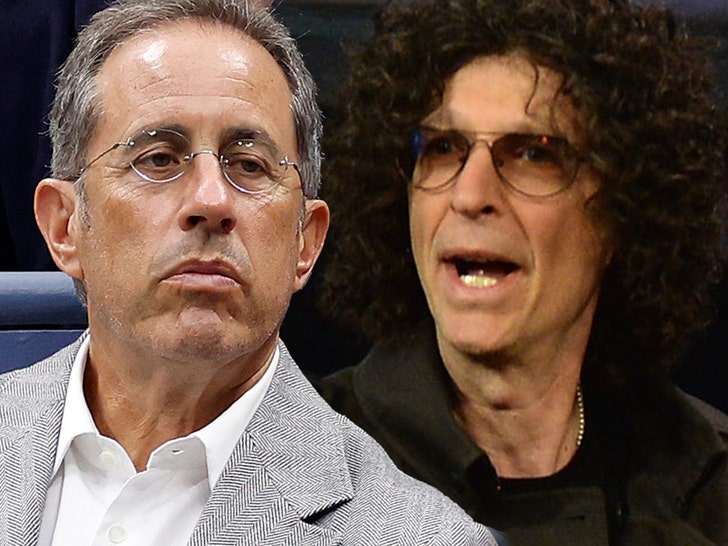

Former U.S. President Jimmy Carter’s decision to seek hospice care and spend his remaining time in care at home has helped bring awareness to an industry that quietly serves people at the end of their lives.
Hospice, which provides care and support services for patients who are terminally ill with a life expectancy of six months or less, offers care at the end of life — something that people often are uncomfortable talking about.
“People have been trying for years to raise awareness of hospice. But it’s marketing something no one wants to buy — or at least talk about,” said Amy Tucci, president of the Hospice Foundation of America. “President Carter has done more for hospice care than anyone I can remember. He raised awareness more in a day than the industry has in 10 years.”
Read: Former U.S. President Jimmy Carter in hospice care
‘To live well at the end of life’
The hospice industry has been growing, fueled by an aging U.S. population, as well as an increased awareness of what hospice provides. Hospice admissions grew to 1.7 million, up 42%, from 2011 to 2021, according to MedPAC. Half of all Medicare beneficiaries who die each year do so in hospice, with dementia as the primary diagnosis, Tucci said.
“There has been an awakening in America that we do not do the end of life well,” said Elliott Wood, president and CEO of Medalogix, a healthcare data-analytics company that serves the hospice industry. “Physicians are trained to heal. And there’s a massive lack of understanding and accountability about who should be having these end-of-life conversations.”
Medalogix’s Muse technology can predict, with an accuracy greater than 90%, whether a hospice patient will die within 10 days of the last hospice visit. Muse compares individual patient data with that of more than 60,000 active hospice patients, as well as with millions of records for patients who have since died, in order to predict a person’s final days.
That prediction can allow caretakers to strategize a plan for the final days of care — and give them time to talk to the family and the patient about death and what any wishes may be for final arrangements.
“Conversations about dying are very uncomfortable. Jimmy Carter seeking hospice created space for people to have an end-of-life conversation, and an openness for the general public to learn more about hospice,” Wood said.
“There’s a huge misnomer of hospice. It’s an end-of-life benefit — to live well at the end of life. It’s not the patient giving up,” Wood said. “It’s a chance to make sure there’s a will in place, that spiritual needs are being met and end-of-life wishes are met.”
The art and science of healthcare
There are four levels of hospice care. Routine care is the most common level of care, usually provided in the home for a stable patient with controllable symptoms like pain or nausea. General inpatient care provides crisis-level care for short-term management of acute symptoms and is usually provided in a hospital or nursing home. Continuous home care is crisis-level care provided on a short-term basis at home. Meanwhile, respite care provides temporary care so a family member can get a break from caregiving.
Medalogix’s Muse product serves 50 hospice-care providers or customers that represent one out of five hospice patients in the U.S.
An additional benefit of predicting the final days of a patient’s life is that it helps the hospice providers plan their staffing needs better at a time of a labor shortage in the medical field, Wood said.
“The purpose of Muse is to ensure that patients are having the right care at the right time,” Wood said.
“It’s transformational. It’s a mix of the art and science of healthcare. It combines the sacred calling of care — which is why I got into it — with a partner on the data-science piece,” said Charlotte Mather, vice president of nursing-hospice at care provider AccentCare Inc., a home-health and hospice company that uses the Muse technology.
“Before we had this tool, we didn’t have as much confidence as we do now. This gives us a different lens to see the patient’s care,” Mather said. “We can do a better job with the quality of their life in those final days. Whether it’s saying it’s time to have the family say their goodbyes, to looking at the cultural beliefs or needs, this gives us the time to help them on their journey,” she said.
“It allows you to have a conversation from a place of confidence that this is what we expect to see in the next week or the next few days. It helps us anticipate what they will need from us,” Mather said.
Muse also helps the hospice provider meet the Centers for Medicare and Medicaid (CMS) requirements for an additional payment called a service intensity adjustment, which requires that a registered nurse or social worker must visit the patient on two of the last three days of their life.
“CMS shaped the payment to drive behavior to provide the appropriate care,” Wood said.
Without having the proper personnel visiting a hospice patient in the final days, families can be ill-prepared for the end. As a result, they might panic and call an ambulance, putting the patient in the emergency room or hospital to die in a facility instead of at home where they wanted, Wood said.
That’s also a more costly outcome.
“The role of hospice is to avoid that very bad outcome and provide care and comfort in the final days,” Wood said.
Do you have questions about retirement, Social Security, where to live or how to afford it at all? Write to HelpMeRetire@marketwatch.com and we may use your question in a future story.













